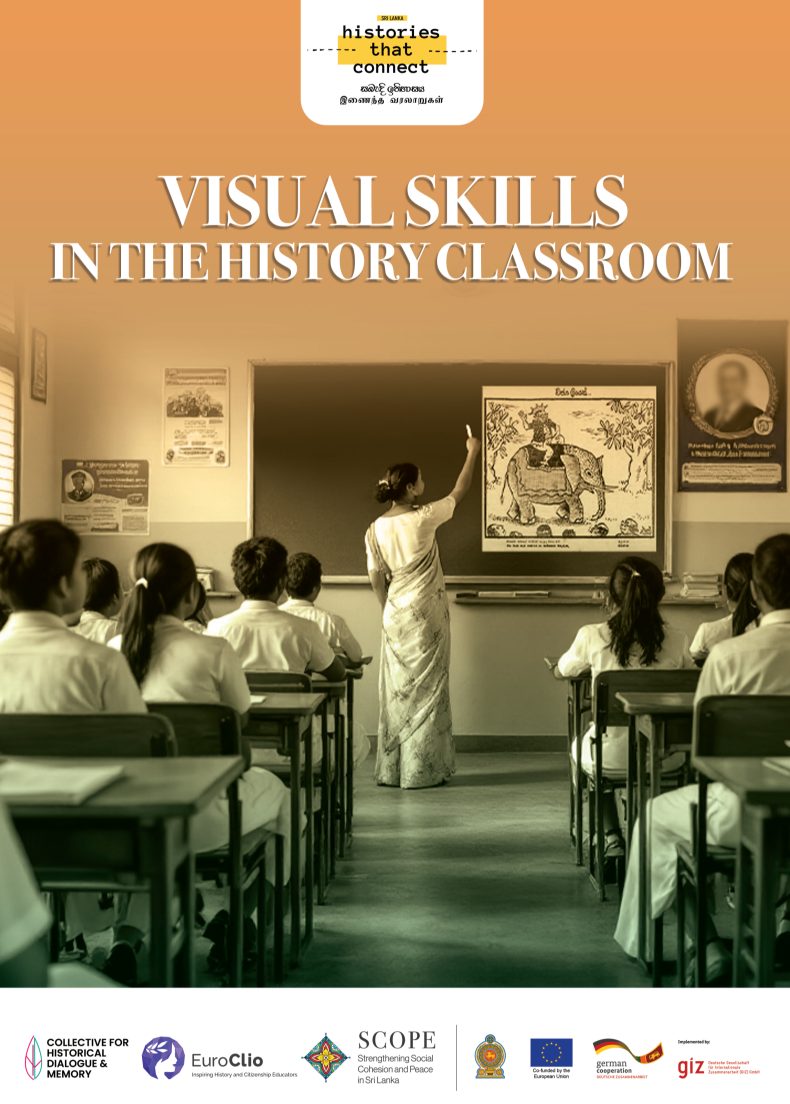A History teacher in an inclusive secondary school based in Yerevan was challenged when a student with hard-of-hearing joined her class. As the student’s hearing and speech disabilities were compensated by well-developed abilities, the teacher could pivot on such talents to ensure History classes were meaningful and accessible for all the students. One of the most effective methods, in this sense, was the creation of small groups for the teaching of specific topics, and the sharing of group work within the classroom.
The Practice
With a new student in the classroom who has a hearing disability, the first challenge a teacher meets is to develop a strategy to ensure that everyone is fully participating and learning. To do so, Ofelia Asatryan applied the strategy of “small-group learning”, a format where each student in the group has his/her part of learning and sharing.
Prior to the group work Ofelia gives students individual assignments to prepare the class. Next day, to follow up with the assignment, Ofelia divides the class into small groups. Students are grouped to ensure that all parts of the assignment are covered and a meaningful learning and sharing process is taking place among the group members. She usually assigns roles to group members such as a leader, host, drawer, etc. The roles should be assigned keeping in mind pupils’ strenght. For this specific class, for example, the drawer’s role in the groups is usually in place by taking into consideration that drawing is the strong skill of the SEN student. This is also a tactics that proved to be effective in ensuring Ofelia’s hard-of-hearing student maximum participation in the learning activities. A practical example for this was a History class on Ancient Egypt. Members in the groups had to share with peers the parts they had been assigned with while the ones with the role of the drawer were to outline the map of Egypt with the major historical landmarks. The idea worked really well as the SEN student as a drawer in a group not just fulfilled her task but did more by highlighting the Nile on the map in addition to the historical landmarks.
Obstacles and lessons learned
The main obstacle in dealing with SEN students is the lack of methodological support for teachers. They lack training for competences and approaches to work with SEN students, and very often have to learn on their own experience and mistakes. Since not all the teachers take initiatives and risks, Ofelia’s experience is valuable in this regard.
Ofelia faced this herself as in the early days of having the student with hard-of-hearing in her classroom, she would tend to task her with assignments much simpler the SEN student would be able to accomplish of. Another obstacle faced by teachers of SEN students is the tendency to focus on students’ weaknesses, rather than their strengths. Both of these can be easily overcome by collecting more information about SEN students before their actual arrival in the classroom. In this case, for example, the SEN student came to Ofelia’s school from a specialized art school. The evaluation form Ofelia received from the previous school mentioned that the student had well-developed drawing skills. This information was crucial for the teacher in choosing her tactics especially for group- by focusing on the strong points of the child.
For this specific practice and example, a great obstacle/shortcoming was that the student with Special Education Needs was always assigned the same role (in this case the role of the drawer) while other students can shift from one role to the other. Nevertheless, with the help of this approach the hard-of-hearing student feels herself fully included and satisfied.
The effect of the practice
The practice of small groups learning and sharing provides not only opportunities for students’ meaningful and accessible learning and participation but, above all, has a strong effect on the integration of SEN students within the classroom. In this particular case, the talent of the student with hard-of -hearing was highly estimated by her fellow-students having a very positive effect on her integration and relationship peers in the class.
About the interviewee
Ofelia Asatryan is a secondary school History and Citizenship teacher at a public school in Yerevan, Armenia. She has 10 years of practice in working in inclusive school.
Background to the project
Inclusive education has been introduced to Armenian public education system since early 2000s, while it was mainstreamed into the Law on Public Education in 2014 requiring all public schools in Armenia to turn into inclusive schools.
Five students with hard-of-hearing attend Ofelya’s school. From that point of view the school is unique, because in Armenia students with hearing disabilities usually attend special schools. Two years ago a student with hard-of-hearing came to Ofelia’s class. Now she is in 8th grade. She does not speak, instead she has a well-developed lip-reading skill that helps her understand what others talk. To meet her needs, Ofelia has tried several techniques to make her History learning more meaningful.
Additional Information
This technique can be applied when teaching topics connected with mapping, symbols, artifacts, characters, historical events. The application is also useful when the students are assigned to represent a historical era, region, the life and livelihood of people, by introducing their imaginations and interpretations.
Written by Armenuhi Avagyan (Armenian State Pedagogical University after Kh. Abovyan) based on an interview with Ofelia Asatryan in Yerevan, Armenia on 11.05.2017.





